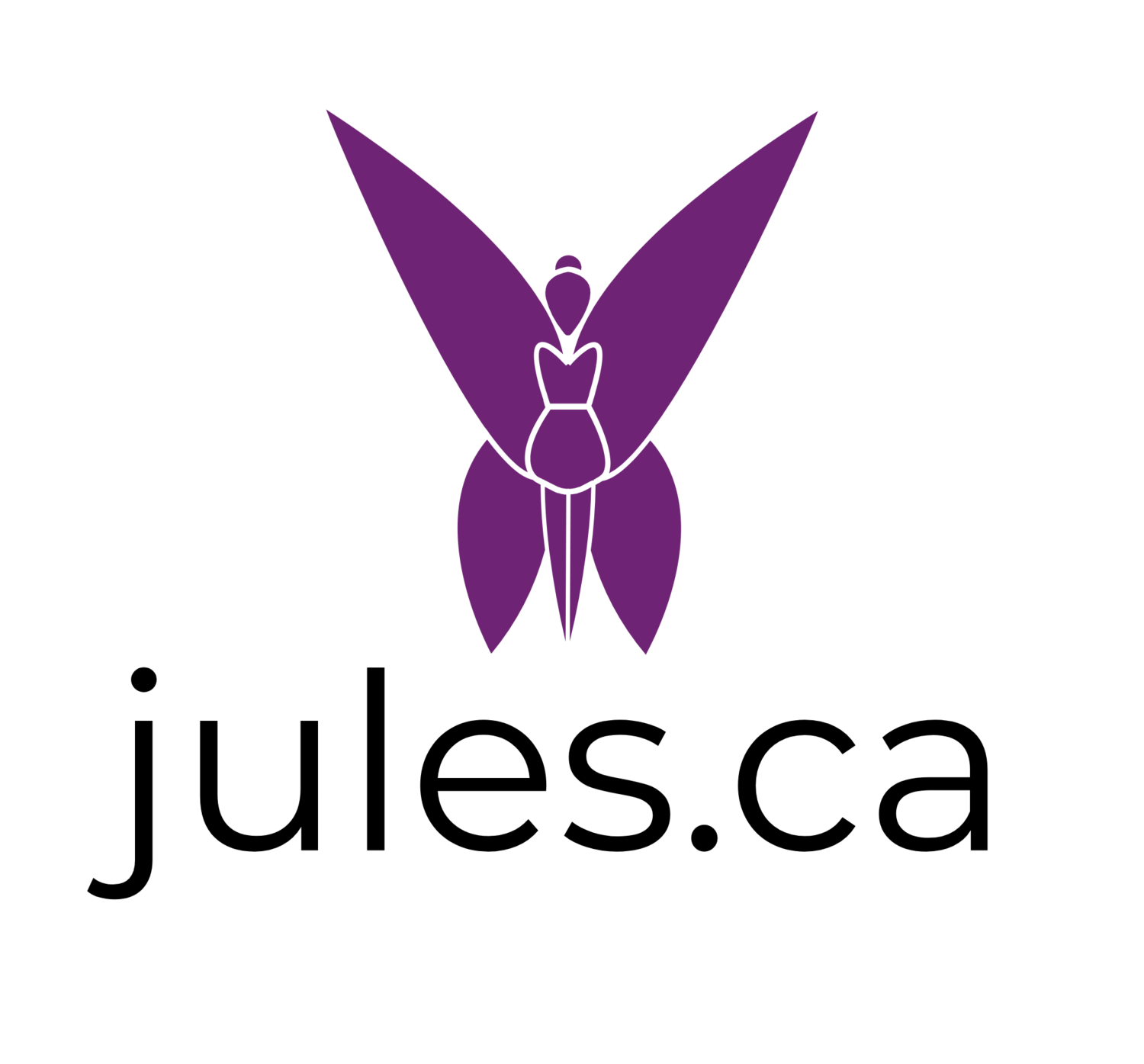8 Weeks to Saving the Planet : Week 3 : Thoughts On Where Things Go
 This week, and all the activities have done, has got me thinking about where things go, and what happens to them. Of course, this then lends itself to the question of "how bad are the things that *leech* out into the environment? As usual, I've got more questions than answers.
This week, and all the activities have done, has got me thinking about where things go, and what happens to them. Of course, this then lends itself to the question of "how bad are the things that *leech* out into the environment? As usual, I've got more questions than answers.1. Where do the chemicals go that I've used to colour my hair? What are the impacts of them in the environment? If pregnant women aren't supposed to *chemically colour* their hair, because of risks to their fetus, what are the chemicals doing to the wee DNA in our frogs?
2. It used to be that you would be very careful with what went down the drain at the cottage, because you were using a septic tank, as opposed to a municipal sewage system. Now, with the overtaxing of municipal sewage, I've got a feeling that the same habits I've got at the cottage need to be carried home to the suburbs.
3. Human drug concentrations in water: You've seen the reports on CNN: an increase in human medications being found in urban water supplies. Water treatment plants have never had to think about treating water for pharmacological additions. How do we get that *out* of the water? So much for flushing old prescriptions down the toilet.
Each day in Ontario, residents and businesses flush 5.7 million cubic metres of sewage down their toilets and drains.4 Many of the different materials that make up sewage pose environmental and health risks. Paints contain toluene, a compound that affects speech, vision, and hearing, as well as phenols, which are poisonous if absorbed or ingested.5 Oven and drain cleaners contain sodium hydroxide, a compound that is also poisonous by ingestion and may irritate the skin.6 Human waste can contain disease-causing agents such as bacteria and viruses. While scientists generally know what risks each individual element in sewage presents, they know less about what new dangers arise when the components are all combined. A hazardous compound may be altered to pose greater health and environmental risks when combined with other compounds. The reaction of two ingredients may produce a new product that poses an even greater threat to the environment than each ingredient held on its own. Clearly, sewage is a dangerous product of human activities and so the handling and treatment of this mixture is a very serious matter.
From: Environment Probe
Now, what are you going to be thinking about this week? :-\
Technorati Tags: water pollution, ontario, prescriptions, Environment Probe
